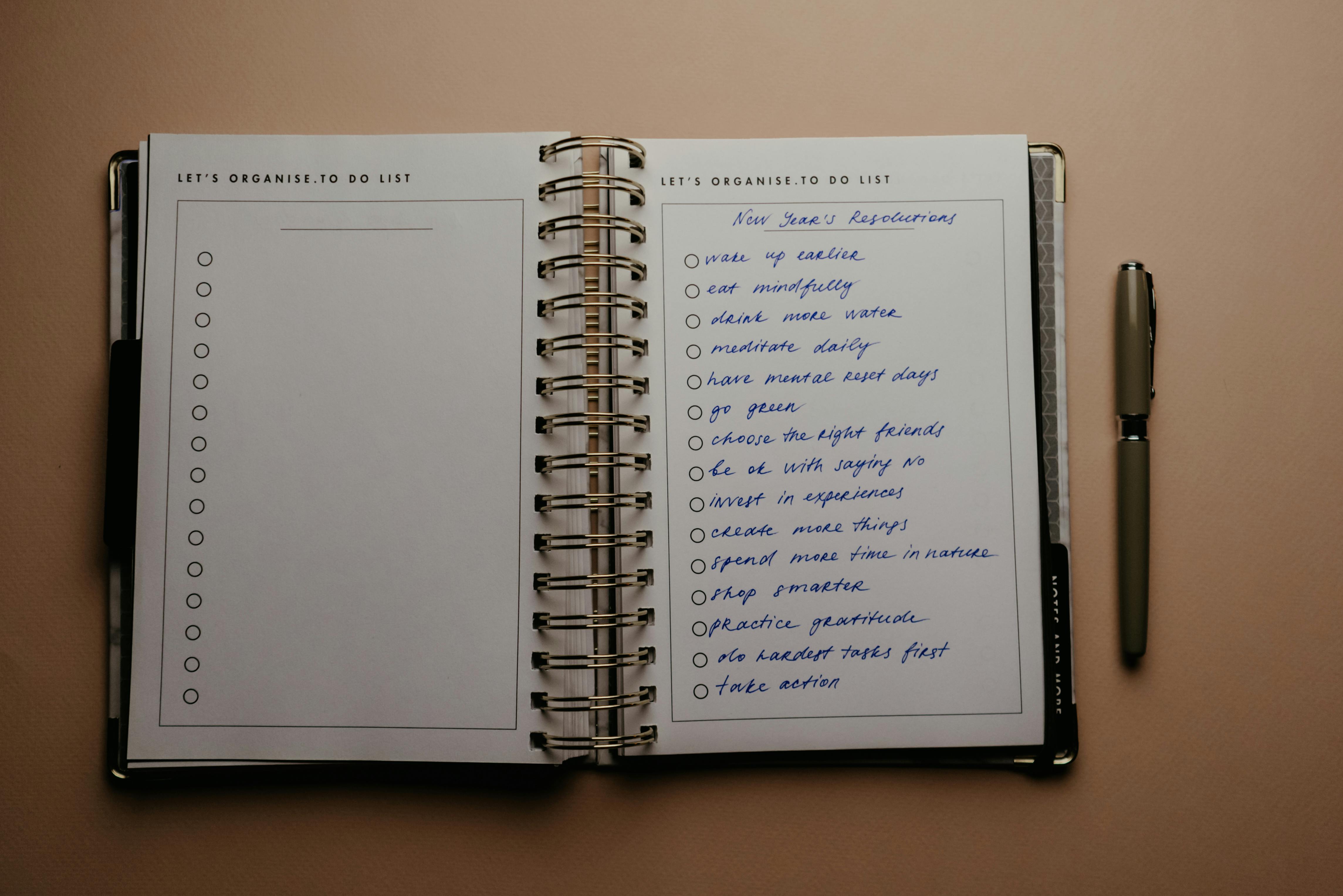· 3 min read
How to Rewire Your Brain for Habits That Actually Stick (No Willpower Required)
Stop relying on motivation—use neuroscience to build habits that outlast your enthusiasm.

How to Rewire Your Brain for Habits That Actually Stick
By Coach Jake
Let’s cut through the self-help noise: You don’t fail at habits because you’re lazy. You fail because you’re fighting millions of years of evolution.
Your brain is wired to conserve energy—that’s why it defaults to autopilot routines (hello, late-night TikTok scrolling). But here’s the game-changer: You can hack this system to work for you instead of against you.
Let’s talk science, then strategy.
The Habit Loop: Your Brain’s Hidden Operating System
Neuroscientists at MIT found that habits live in a 3-part loop:
- Cue: The trigger (e.g., stress).
- Routine: The behavior (e.g., stress-eating).
- Reward: The payoff (e.g., dopamine hit).
The problem? Most people attack the routine without addressing the cue or reward. It’s like yanking weeds but leaving the roots.
“Want to change a habit? Stop judging the behavior—reverse-engineer the payoff.”
Strategy 1: Become a Habit Archaeologist
Action Step: Pick one habit you want to change. For 3 days, journal:
- Cue: What happened RIGHT before the habit? (Time? Emotion? Location?)
- Reward: What did you really get from it? (Comfort? Distraction? Connection?)
Client Example: Lisa realized her afternoon cookie habit wasn’t about hunger—it was her only “permission slip” to take a 5-minute break. Solution? She replaced cookies with a walk around the block (same cue + reward, better routine).
Strategy 2: The 2-Second Rule for New Habits
Stanford researcher BJ Fogg proved that tiny habits stick best. The key? Make the first step embarrassingly easy.
How: Pair a new habit with an existing one using this formula:
“After I [current habit], I will [new habit] for 2 seconds.”
Examples:
- “After I brush my teeth, I’ll floss one tooth.”
- “After I pour coffee, I’ll open my journal.”
Why it works: You’re not relying on willpower—you’re piggybacking on neural pathways your brain already owns.
Strategy 3: Design Deliberate Rewards
Your brain craves instant gratification. Use this to your advantage:
- After meditating for 1 minute: Eat a square of dark chocolate.
- After writing 50 words: Watch a cat video (guilt-free).
- After a workout: Dance to your hype song.
Action Step: Choose a micro-habit and pair it with a immediate, sensory reward (taste, sound, touch).
Strategy 4: The “Never Miss Twice” Rule
Harvard research shows that missing a habit once has no long-term impact—but missing twice starts a downward spiral.
Your mantra: “I can forgive one slip, but never two.”
How to recover:
- Acknowledge the miss without shame.
- Ask: “What tiny step can I take right now to reset?”
- Do it immediately (even if it’s 10% of the original habit).
Strategy 5: Upgrade Your Environment Like a Neuroscientist
Your surroundings are cue machines. Example:
- Problem: Phone addiction.
- Fix: Charge it in another room overnight. Cue removed.
Action Step: Audit one space (desk, kitchen, bedroom). Remove 3 visual cues triggering bad habits. Replace with 1 cue for a good habit.
Your Brain Is Always Listening—What Will You Teach It?
Habit change isn’t about perfection. It’s about consistent whispers to your nervous system: “This is who we are now.”
Your 7-Day Challenge:
- Pick ONE habit to build or break.
- Use the 2-Second Rule daily.
- Friday night: Review your progress and text a friend: “My tiny win this week was ______!”
Jake
P.S. If this resonated with you, share it with someone who needs to hear it. And if you’re ready to take your life to the next level, join us at Completionist Academy. Let’s do this together.



